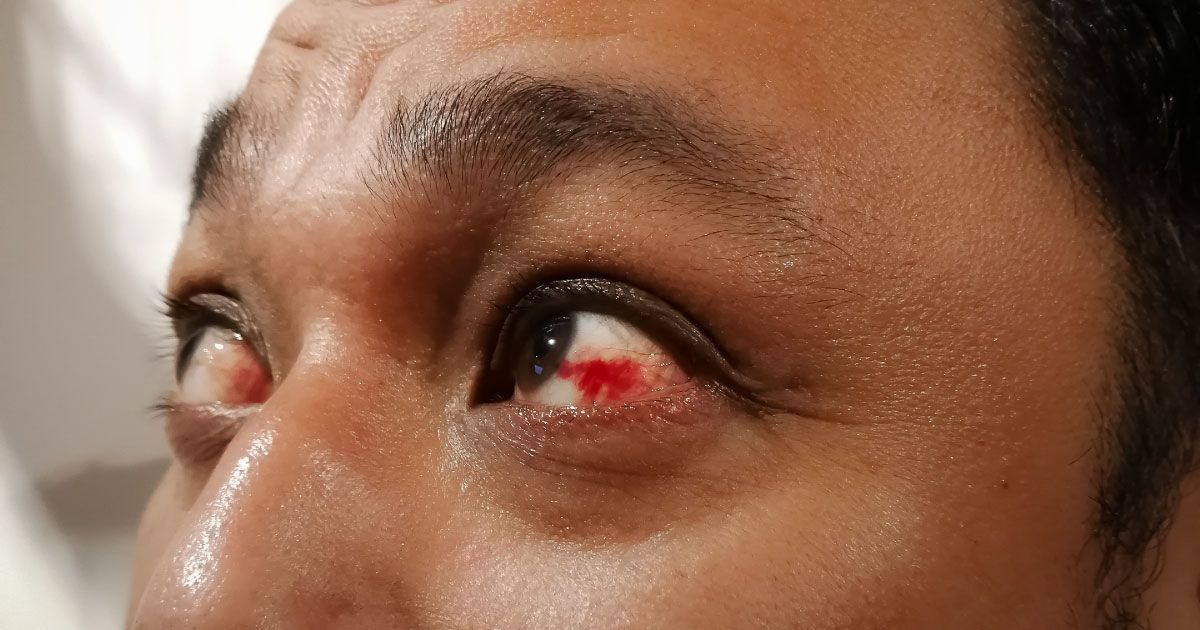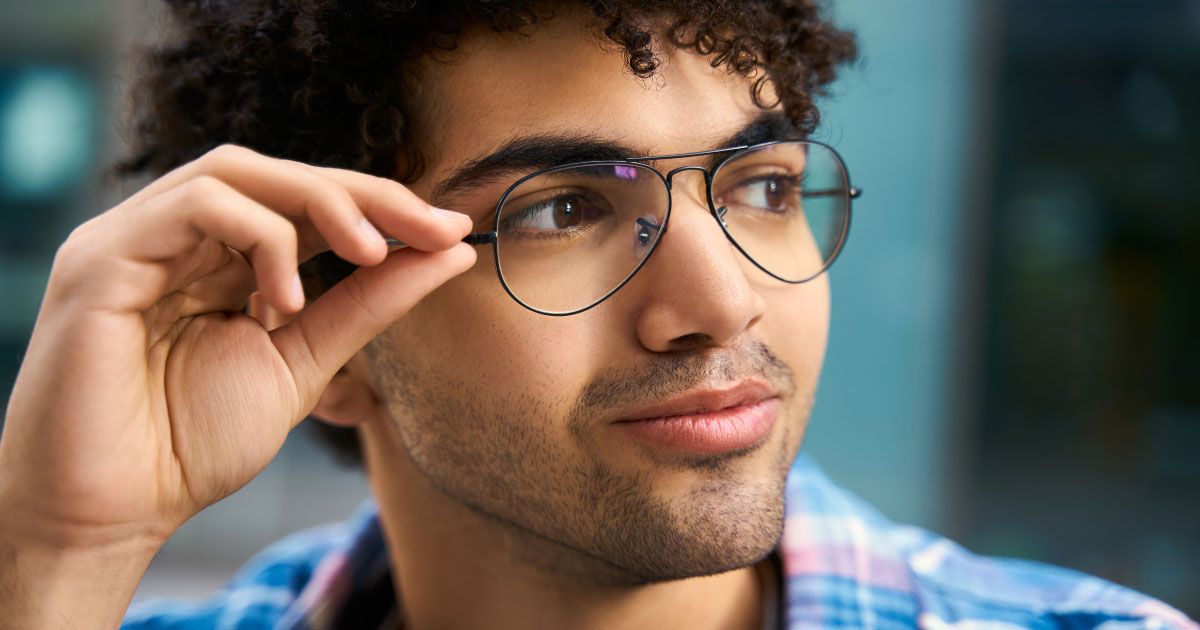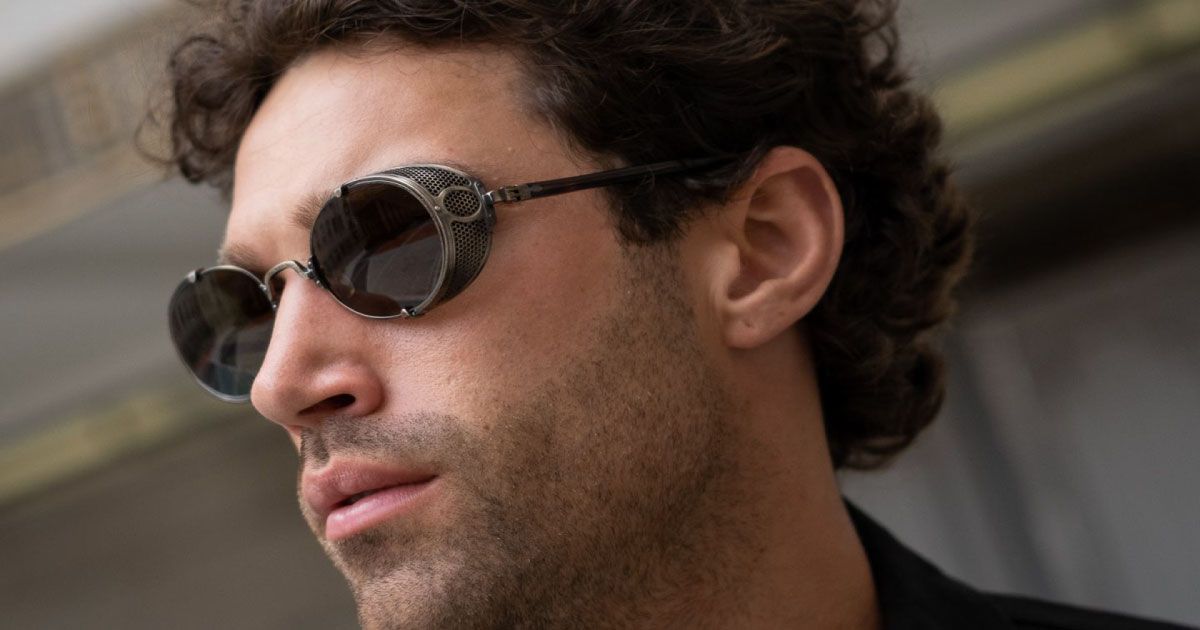The Unrealized Effects of Alcohol and Drugs on Eye Health

Read time: 5 minutes
Let's dive into a topic we don't often hear about—the impact of alcohol and drugs on our eye health. We all know the liver, heart, and brain take a serious hit when we abuse these substances, but what about our eyes? It turns out, they're not immune to the harmful effects either.
While both alcohol and drugs can give you a temporary high, they may also be silently sabotaging your eye health. From blurry vision to permanent damage, the effects are more alarming than you might imagine.
So, whether you're a social drinker, a recreational drug user, or just someone who's curious about the topic, this deep dive into the world of alcohol, drugs, and eye health should make for a must-read!
Alcohol, Drugs, and Blurred Lines: Understanding the Impact on Ocular Health
1. Alcohol Consumption and Its Effects on Eye Health
While the consumption of alcohol in moderation can be relatively harmless, excessive consumption can lead to several adverse effects on your eye health. Some of the short-term and long-term consequences include:
- Dry Eyes: Alcohol acts as a diuretic, which can cause dehydration. Consequently, the body produces fewer tears, leading to dry, itchy, and red eyes.
- Decreased Visual Performance: Excessive alcohol consumption impairs visual performance, resulting in decreased contrast sensitivity and slower pupil reaction to light stimuli. These effects can make it challenging to see clearly and safely, especially while performing tasks such as driving.
- Long-term Damage: Chronic alcohol abuse can cause optic neuropathy, a condition in which the optic nerve becomes damaged, possibly resulting in vision loss.
2. The Impact of Commonly Abused Drugs on Vision
Various illegal drugs can adversely affect the eyes, causing both temporary and permanent vision issues. The most common drugs associated with vision problems include:
- Cocaine: Cocaine can cause several eye-related issues, including pupil dilation, blurred vision, double vision, and conjunctivitis. It can cause damage to the optic nerve, retinal vessels, and other structures in the eye. In some cases, it can even lead to more severe conditions such as retinal ischemia or retinal artery occlusion, both of which can cause vision loss.
- Methamphetamine (Meth): Prolonged use of methamphetamine can lead to dry eyes, light sensitivity, nystagmus (uncontrolled eye movements), and dilated pupils. Long-term use can lead to more severe conditions like glaucoma and retinal damage. Furthermore, its vasoconstrictive properties can disrupt blood flow to the retina, possibly resulting in vision impairment or loss.
- Marijuana (Cannabis): Marijuana, while technically legal in some states, can affect vision in various ways. Short-term effects may include red eyes, increased light sensitivity, and difficulty focusing. Long-term use has been associated with a higher risk of developing eye diseases like glaucoma due to increased intraocular pressure.
3. The Effects of Tobacco and Nicotine on Vision
Smoking tobacco and the consumption of nicotine-based products have well-documented adverse effects on one's overall health. As for your eyes, smoking can lead to the following issues:
- Cataracts: Studies have shown that smoking increases the risk of cataract development, with the risk increasing proportionally to the frequency of smoking.
- Age-related Macular Degeneration (AMD): Smoking has been linked to a heightened risk of developing AMD, a condition in which the central area of vision deteriorates over time, potentially leading to vision loss.
- Diabetic Retinopathy: Tobacco consumption exacerbates blood sugar control in individuals with diabetes, increasing the risk of diabetic retinopathy, a complication that damages the blood vessels in the retina, potentially causing vision impairment or blindness.
4. Prescription Medications and Their Impact on Vision
Certain prescription medications, although beneficial for treating specific conditions, can cause unwanted side effects on eye health. Some examples include:
- Corticosteroids: While effective at reducing inflammation, long-term use of corticosteroids, such as prednisone, can lead to cataracts and glaucoma. Individuals using these medications should have regular eye examinations to monitor for any adverse effects on their eyes.
- Antidepressants and Antianxiety Medications: Some selective serotonin reuptake inhibitors (SSRIs) and benzodiazepines can cause blurred vision, dry eyes, or difficulty focusing. Any vision-related side effects should be reported to your healthcare provider.
- Antihistamines: These medications, commonly used to treat allergies, can cause dry eyes and sensitivity to light. Using lubricating eye drops or discussing alternative treatments with your doctor can help alleviate these eye-related side effects.
5. Resources and Strategies for Vision Protection
To maintain optimal eye health while avoiding the adverse effects of alcohol, drugs, and medications, you can implement the following practices:
- Monitor your alcohol consumption: Limit alcohol intake to moderate levels and stay hydrated to minimize eye-related side effects.
- Educate yourself about medications: Discuss any potential vision-related side effects of prescribed medications with your healthcare provider. Monitor your eye health and report any changes to your doctor.
- Seek support for substance abuse: If you are struggling with drug or alcohol addiction, seek professional help or support groups. Addressing the root cause of substance abuse will be crucial in improving your overall health and preserving your vision.
- Schedule regular eye exams: Regular eye examinations with an optometrist can help detect and manage any vision-related issues resulting from alcohol, drug, or medication use. Make an appointment today to schedule your annual eye exam.
Understanding the potential impact that alcohol, drugs, and medications can have on your eyes is paramount in protecting your vision and overall well-being. By staying informed and vigilant about any eye-related issues, you can minimize the risks and maintain healthy eyes for years to come.
Safeguard Your Vision with Urban Optiks Optometry
Take action to protect your eye health by staying informed about the impacts of alcohol, drugs, and medications on your vision and overall well-being. Partner with Urban Optiks Optometry, San Diego's trusted optometry shop, to ensure you receive comprehensive eye examinations and personalized care tailored to your unique needs.
Our dedicated team of eye care professionals will work with you to identify and address any potential vision risks and provide guidance on maintaining optimal eye health throughout your life. Schedule an appointment with us today to invest in the long-term well-being of your eyes, and stay one step ahead of the hazards posed by substance use and prescription medications.
Share this blog post on social or with a friend:
The information provided in this article is intended for general knowledge and educational purposes only and should not be construed as medical advice. It is strongly recommended to consult with an eye care professional for personalized recommendations and guidance regarding your individual needs and eye health concerns.
All of Urban Optiks Optometry's blog posts and articles contain information carefully curated from openly sourced materials available in the public domain. We strive to ensure the accuracy and relevance of the information provided. For a comprehensive understanding of our practices and to read our full disclosure statement, please click here.


















